My japanese frangipani collection
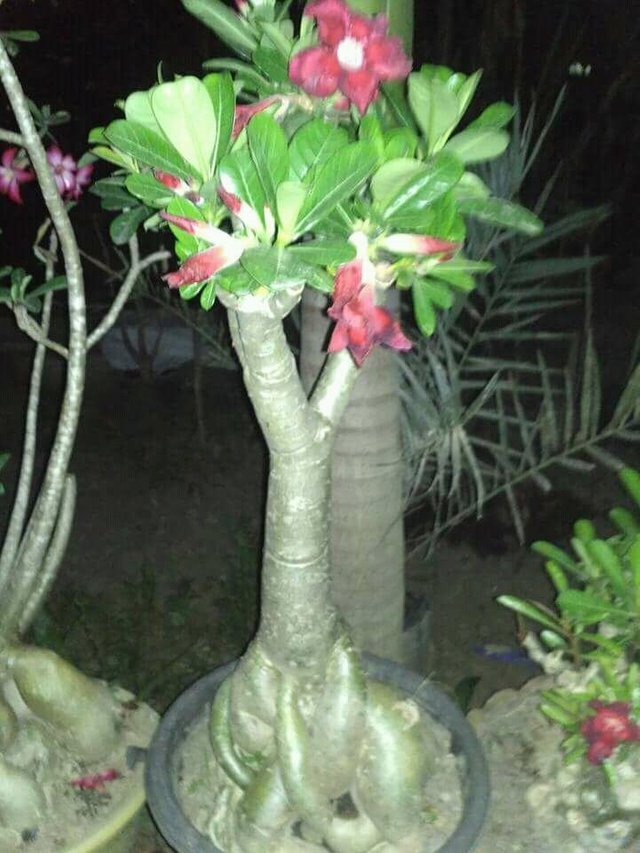
The first time, before exposing the classification of Japanese frangipani flowers, we will explain a little about this flower. In Indonesia, Adenium Obesum is much better known as Cambodia Japan. This name itself is really so misleading, because the bias is identified with frangipani flowers, which we find more on the burial area. As for the Japanese words, more direct that this one is indeed from Japan. In fact, this Adenium comes from dry areas in West Asia or Africa, precisely in the southern Sahara Desert.
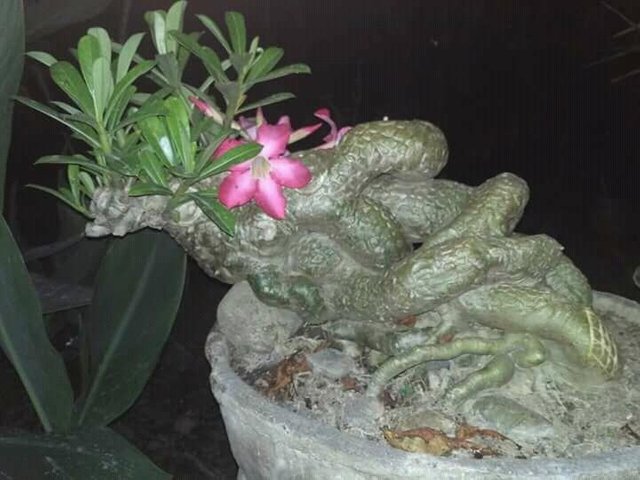
Communities in Indonesia giving this name may be associated with long-standing stereotypes. For example, large fruits are usually called by the name of Bangkok, while for small plants that will usually be called by the name of Japan. Therefore, if there had been a large and large size of Cambodia, so there are small plants similar to Cambodia then people easily call it the frangipani flower of Japan.
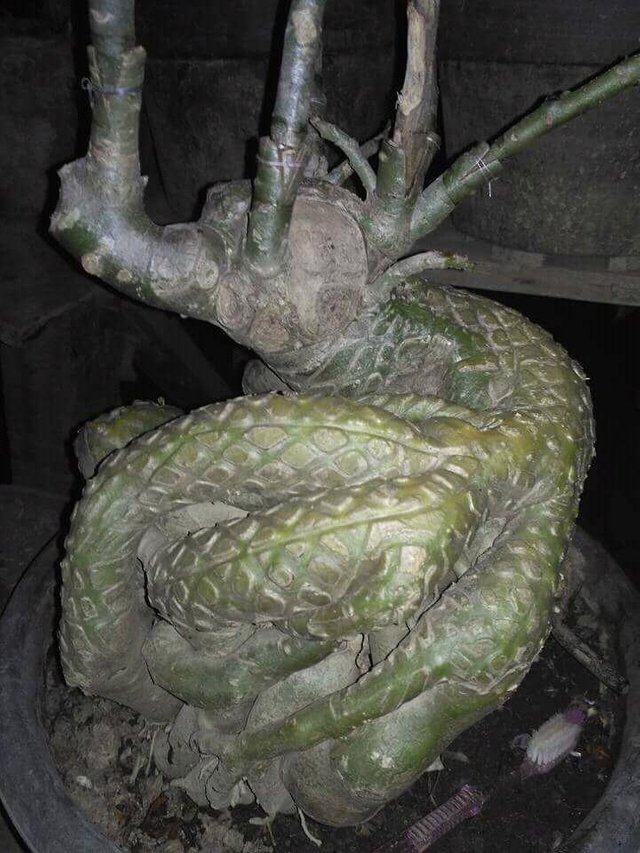
Indeed, frangipani flower is a type of Plumeria, a distant relative of Adenium. The difference between Adenium and Plumeria is:
Adenium has a large stem and the bottom is similar to a bulb, but the figure of its own small plant is accompanied by a small elongated leaf. Adenium root can also be as big as a bulb.
Plumeria has small and long stems without tuber form, and the figure is large and can grow taller. The leaves are large and elongated.
For more details, here is a classification of Japanese frangipani flowers:
Kingdom: Plantae aka plants
Subkingdom: The vascular plant (Tracheobionta)
Super division: Produce aka spermatophyte seeds
Division: Flowering plants
Class: Plant in two alias dikotil
Subclass: Asteridae
Order: Gentianales
Family: Apocynacea
Genus: Adenium
Species: Adenium obesum
Local Name: Japanese frangipani Flower
Outer Name: Desert Rose

Normal color of this frangipani Japanese flowers are pink to red. This flower grows beautifully in a dry and non-damp planting medium. The roots of this enlarged flower bulb is a reservoir of water to be used as a backup when the drought. That enlarged root that if raised to the surface of the ground will form a unique impression like a bonsai. Meanwhile the flower stalk is very soft and not woody.
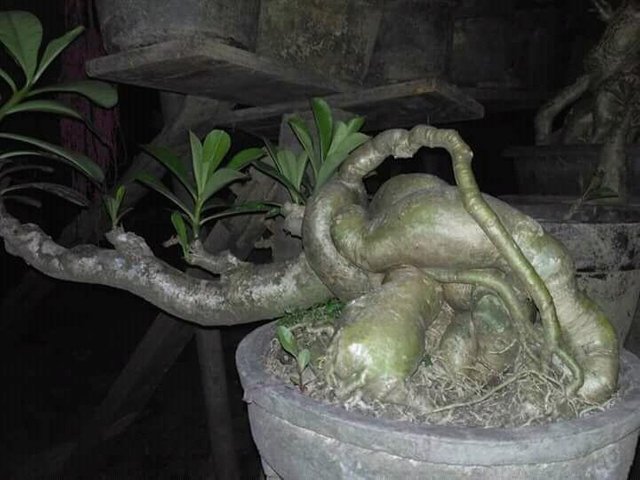
In addition to the classification of Japanese frangipani flowers, this flower also has a variety of shapes and physical leaves are diverse. Some form an oval, tapered, small and large, and also there is a hairy and there is also a lack of feathers.
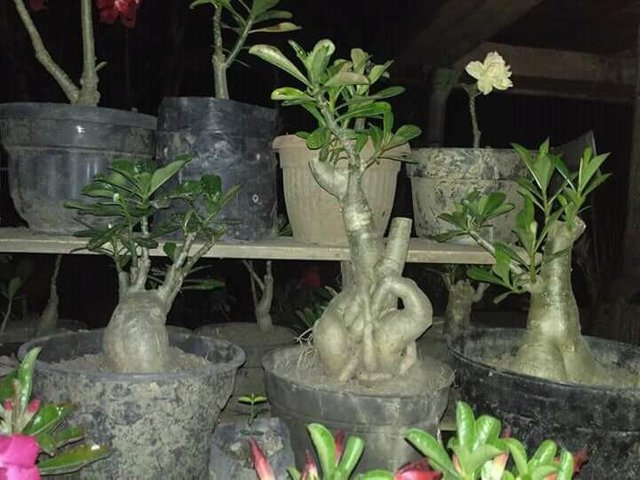
Resteemed your article. This article was resteemed because you are part of the New Steemians project. You can learn more about it here: https://steemit.com/introduceyourself/@gaman/new-steemians-project-launch